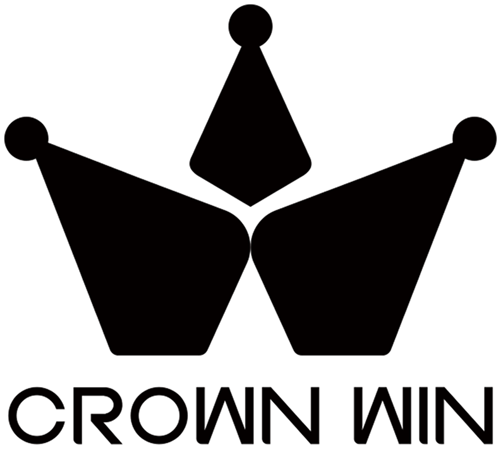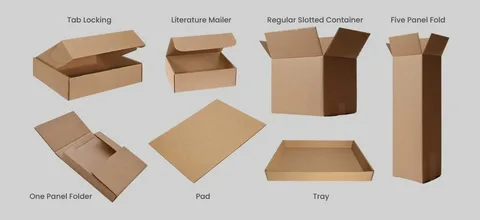
Hook / Introduction
The massive proliferation of e-commerce has completely changed the way the brands interact with consumers. In the current digital economy, with 73 percent of consumers posting their unboxing videos on social media and 40 percent of customers basing their opinion of a brand on the packaging packaging, the mailer boxes have ceased to be a mere container of shipping and has now become an effective marketing instrument. As subscription box services grow to over $22 billion every year and online shopping will keep its rising trend, the humble mailer box is now the initial physical interaction between your brand and your customers.
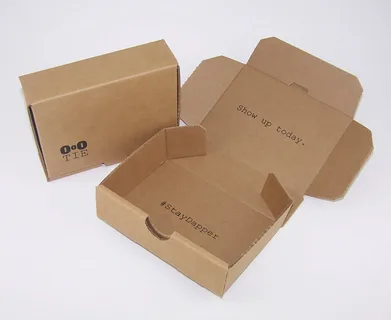
It may be that you are introducing a new line of products, you have just stepped into the world of e-commerce, or you want to attract customers more to your loyalty program, but this is where the complexities of the design of the mailer boxes can make the difference between a delivery that remains in the memory and one that forms an impression of your brand. This ultimate guide will take you through all the information you need to know about mailer boxes, such as what material to use, whether it should be designed, how cost effective strategies to be sustainable.
What Are Mailer Boxes & Why They’re Important

Shipping boxes or mailer boxes are special packaging materials, specially designed to meet two purposes: to ensure that the product remains intact during transportation and to showcase your brand at the time of delivery. In comparison to generic brown shipping boxes, the mailer boxes are tailor-built around your visual identity as a brand, and they contain logos, colors, graphics, and messaging, which produce an immediate brand recognition moment.

Such multi-purpose packaging are used in a number of functions. They offer important security throughout shipping and products are received in the best condition possible. They have the power of becoming strong branding tools that extend your marketing straight into the hands of customers. They develop unboxing experiences that are memorable and which can be used to spur social media interaction and word of mouth. Above all, they are real-world marketing touchpoints which can modify the perception and loyalty of the customers even after the first purchase.

Mailer boxes are applied in many industries and applications. They are used by e-commerce enterprises to ship to customers straight to their homes and subscription box companies to generate the feeling of anticipation and excitement of recurring deliveries. They are perfect in the packaging of gifts, advertising, launching of products, and seasonal promotions. Mailer boxes have become a central element of contemporary packaging approaches, both in small, artisanal business companies and large retail brands.
How Mailer Boxes Elevate Your Brand
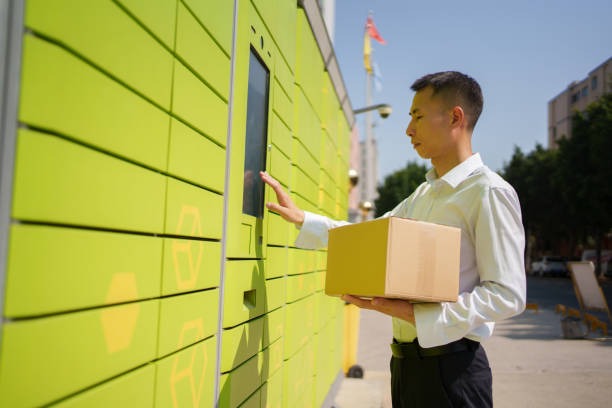
Good mailer boxes are the three dimensional brand ambassadors in that they provide the same visual messages that it strengthens brand identity. When the customers hold a package with your logo, brand colours and typography, they get to feel instant brand recognition which creates familiarity and trust. This uniformity on all the touchpoints of the customers would aid in creating professional credibility and creating a clear understanding of how the product will be.
Unboxing experience has turned out to be an important part of a customer journey. An attractive mailer box invites anticipation, excitement, and good emotional attachments towards your brand. This initial impression may have a huge impact on customer satisfaction and they may make repeat purchases. Research has indicated that brands which invest in high-quality unboxing experience have had up to 30 percent greater retention of customers than those that use a generic packaging.

The quality of packaging directly influences the way that a customer feels that your brand is valuable and pays attention to detail. When the customers are delivered products in well-decorated mailer boxes, they feel that the products are of good quality as a result of that. This image can be used to pay high prices, and overall customer lifetime value can be improved.
Take the example of the brands such as Glossier, whose pink mailer boxes that were quite minimalistic became the overnight icons of the aesthetic of the brand. Or Warby Parker, with its efficient and stable shipping boxes that show the concerns of the company regarding the quality of the products and the experience of the customers. These brands know that packaging manifests as a continuation of the brand story, which creates delight moments that customers will be ready to share on social platforms.
Key Features & Elements to Consider When Choosing Mailer Boxes
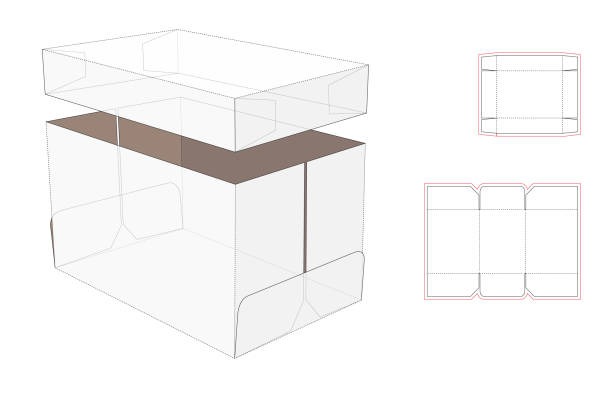
Materials & Paper Grades
Material choice forms the basis of a good mailer box. Kraft paper is a very strong paper and also gives a good environmental outlook to the consumers who are environmentally conscious. White kraft offers clean, professional printing backdrop and clay-coated stocks offers a high quality print with better color reproduction to those brands that demand high visual display.
The level of corrugated strength is analyzed by the type of flutes, which include lightweight E-flute of a small product and heavy-duty construction with two walls of fragile or valuable products. The weight, fragility and the distance the product will be shipped should be considered as well when choosing the appropriate thickness. Thicker materials are more protective and provide a perception of increased quality but also increase weight and shipping fees.
The trick is in combining price, looks, and security. One of the jewelry brands can use high quality white kraft with spot UV to pass the image of luxury whereas an online snack box can use recycled kraft to pass the image of sustainability. Knowing these trade-offs will make you choose the materials that are in line with your brand position and budget.
Closures & Protection
Mechanism of closure has direct effects on functionality as well as user experience. Standard tab locking systems are securely closed and easily opened, and tear strips make the unboxing experience rewarding and are usually posted to social media by customers. Dust flaps give professional finishing touches and offer extra protection to moisture and contaminants.
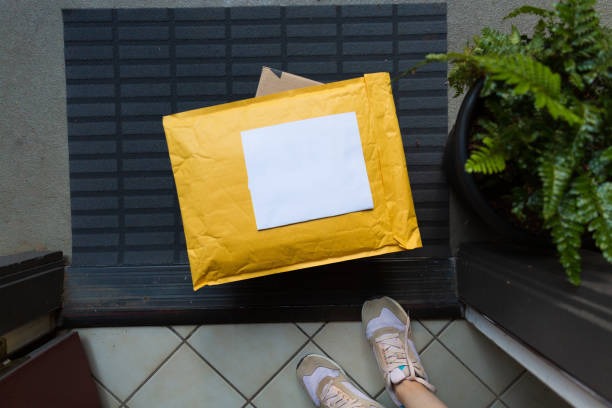
The elements of internal protection are different depending on the requirements of the products. Precisely made inserts ensure that the products will not move during transportation, and the empty spaces are filled with cushions such as paper crinkle, air pillows, etc. Keep in mind that your unboxing experience depends on how you close and protect your products, customers should have a thrilling experience when opening your boxes, not disappointing.
Printing & Graphics
The quality of your mailer box design can break or make depending on the quality of color reproduction. CMYK printing is also cost-effective to most design whereas PMS spot colors ensure the perfect matching of brands colors when it comes to using the logo and other important elements of the brand. Knowing these systems will make you make actual decisions regarding the complexity of designing and the cost of printing.
Each of the printing methods has its own benefits. Digital printing is perfect in cases of a short run and variable data, flexographic print offers affordable printing in case of large volume and also lithographic print offers high quality and is suited to premium applications. Surface finishes such as foil stamping, embossing and spot UV coating provide a tactile experience that can increase perceived value and memorable brand experiences.
Design & Size
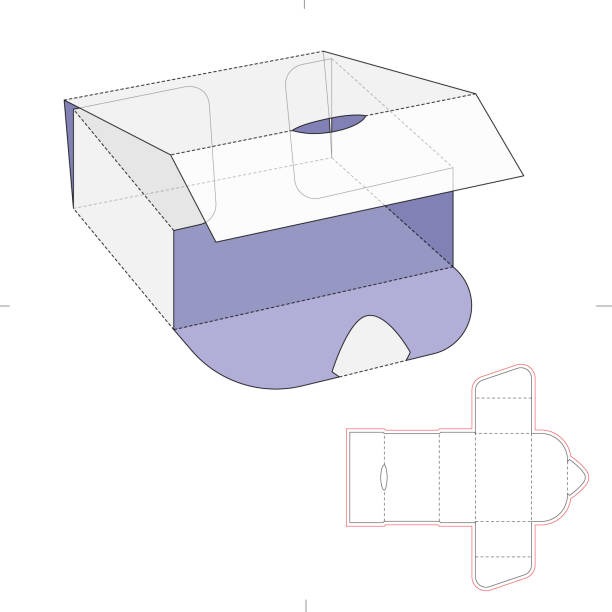
Sizing must be done with due regard to the product size and a sufficient amount of buffer space allowing the protection materials. Big box wastes resources and adds to the shipping expenses, and small boxes are dangerous because of being damaged during shipping and leaving customers with bad unboxing experience. Always test with real-life products to be able to fit the best way possible.
Visual design goes beyond the logos and colors, to interior surfaces, the surprise of the visual and any touching experience. Think of printing your insides of your boxes, adding some texture with embossing or specialty papers, or leaving some hidden messages that customers will enjoy upon opening. Such considerate details generate Instagram-ready posts that act as a promotional tool on organic social media.
Sustainability & Eco-Friendly Options
Modern people are more concerned with environmental responsibility, 83 percent of millennials are ready to spend more on sustainable packaging. This has not only seen the introduction of mailer boxes that are environmentally friendly become not only an eco-friendly business choice, but also a business strategy that can help distinguish your brand and appeal to customers with an eco-friendly mindset.
To bring about a sustainable choice of materials, the following are the materials that should be used: FSC-certified papers, which will guarantee responsible use of forests; recycled content materials, which will minimize the impact on the environment; and biodegradable or compostable materials to the brands that will adhere to the principles of the circular economy. Soy-based and water-based inks offer printing options that are environmental friendly and will not compromise the quality or longevity of the color.
The ability to right-size and use minimal packaging methods and make designs to be flat shipped prior to assembly minimizes waste. Such strategies will offer not only a saving of cost but also environmental advantages. Nevertheless, the cost of sustainability investments can be even greater, and certain environmental-friendly materials can be also limited in their printing quality or even in the strength of structures.
The trick is to strike the balance between environmental soundness, beauty and the budget. The packaging design can help many brands to communicate their sustainability commitments, and thus make environmental responsibility their competitive edge that appeals to target consumers.
What to Put Inside: Enhancing the Unboxing Experience
Whatever you put in your mailer box is as crucial to making memorable unboxing experiences as the box. Defensive items are to match your brand aesthetic, meaning should you prefer a branded tissue paper over generic bubble wrap, or have specially printed paper crinkle, which will secure and support the items, but promote your brand at the same time.
Functional packaging is turned into marketing by branding extras. Personalized cards can be used to build emotional appeal by including personalized messages, whereas branded stickers or promotional items can be used to promote engagement and sharing among customers. QR codes have the potential to be used to access exclusive content, tutorials, or special deals to ensure further engagement after the initial purchase.
Personalization brings another level of unboxing. Personalized product suggestions, custom packaging depending on the customer preferences or hand-written thank you notes demonstrate to the customer that he/she is not just a transaction but is an individual and important person. These interactions are usually the most passionately shared on social media and lead to customer retention.
Post purchase behaviors can be motivated through strategic calls-to-action made in packaging. Post social media hashtags to share, request cards to get real-life testimonials, or referral code that would make satisfied customers brand ambassadors. These factors are changing packaging into a recurring marketing channel as opposed to a one-time contact.
Inspiration: Examples of Superior Mailer Boxes
It is a good idea to study some of the successful implementations of mailer boxes in various industry and budgets so that some of them can guide your packaging strategy. The best designs such as high-end skincare lines can be characterized by thick soft-touch coating materials with gold foil accents and magnetic closures that produce truly luxurious unwrapping experiences that match their expensive price tags.
Money-saving brands demonstrate that it is not necessary to use expensive materials to make certain designs work. A lot of effective direct-to-consumer brands utilize straightforward two-color printing on recycled kraft with emphasis placed on witty design, concise messages, and careful interior designs rather than costly techniques of finishing. The fact that they are successful proves that authenticity and creative thinking can be more crucial in the formation of unforgettable experiences than the cost of the materials.
The subscription box business model is particularly good at building anticipation by using seasonal themes, limited edition designs, and surprise elements that allow the customer to spend each and every month waiting to see what they get. Their methods of working with the color psychology, typography and surprise factors provide some useful lessons on how any brand can aim to establish emotional relationship by use of packaging.
The packaging design of international brands represents various cultural attitudes to the design, ranging from minimalist Scandinavian styles to Latin American practice with bright and loud designs. Such varied styles indicate that the design of packaging can be used to support and reflect cultural values of the brand, as well as be attractive to a particular target audience.
Cost Considerations & How to Budget Wisely
In the knowledge of the cost drivers, you will be able to make wise choices as to where to use your packaging budget to make a difference. The cost of materials is most of the time the highest cost, then the complexity of the printing process, the method of finishing and the quantities of orders. The initial expenses on custom printing may be high in the event of small orders, but are insignificant with massive amounts.
Such strategies as simplifying designs to make them less complicated to print, bulk ordering to get better price per unit, and finishing techniques being applied selectively instead of being applied consistently on all designs are examples of smart cost-saving measures. There are times when one high-end feature such as spot UV on your logo makes more impact than a whole host of costly finishing effects across the design.
Put more resources into packaging aspects that have a direct effect on brand name and consumer experience – your logo, main colors of your brand, and integrity of your structure must never be sacrificed to money. Nevertheless, such parts as interior printing or multifaceted finishing methods could be streamlined without having a major effect on the overall experience of the brand.
Add up all expense of packaging with shipping weight implication, storage necessity and assembly time (where necessary). There are instances when a little more expensive packaging would ship flat or assemble easily and end up offering cost savings in general labor and shipping costs.
Common Pitfalls & How to Avoid Them
The factor of sizing errors is one of the most expensive packaging mistakes. Always make physical prototypes of real products and then make large orders. Calculate the seasonal product differences, protection material thickness and gift packaging requirements. It is important to remember that the transportation expenses go up when the package is oversized.
A mistake in printing and the design may be devastating and costly to fix. Order physical samples first, and check all text thoroughly, spelling, grammar, and accuracy. Contact information, web URLs, legal measures, such as recycling symbols or caution signs should be given particular attention.
Overdesigning is a visual mess that does not appeal to the customers. Use straight lines and lean towards the most significant parts of your brand, and do not be enticed to include all the possible design elements. Clear and concise designs are normally more efficient than the cluttered, convoluted designs.
When under-protected, products end up being damaged and customers unhappy whereas over-protected used up resources and made it costly. Practice your packaging with real shipping conditions, such as simulation of rough handling and other weather conditions your packages may require during shipments.
Action Steps: How to Get Started (for Your Brand)
Start with a detailed planning checklist covering final design files in the right format, accurate product sizes and weights, all branding requirements including colour prefers and logo use specifications, cost ranges of the target budget and actual schedule expectations including sample and revisions.
The criteria to be used in evaluating the suppliers should include production capacity, quality, responsiveness in communication and transparency in pricing. Ask to see samples of similar work, seek client references and make sure that the suppliers can deliver on your volume and timeline requirements. Take into account such factors as minimum order quantities, setup fees and revision policies.
A successful success depends upon prototyping and testing. Take small orders to test and prove the first, use samples with the real products, collect the reactions of the team members and the customers who can be trusted, and test the shipping conditions with the leading carriers. Write notes on any problems and collaborate with suppliers to solve problems prior to high production levels.
Systems to monitor customer feedback and gauge packaging performance. Monitor social media mentions, review comments on packaging, rate of returns due to damage in packaging, and level of customer satisfaction or otherwise. This information should be utilized to continuously develop and enhance your approach to packaging as time goes by.
Conclusion
In the current competitive business environment, mailer boxes are much more than mere shipping boxes but are strong brand messages, which stir positive memories, have referrer impacts, and are worthwhile social media campaigns. When done with a sense of care, custom mailer boxes will make ordinary deliveries be unique brand experiences clients will look forward to and spread. The dividends of the investment in the quality packaging design and materials are reflected in the elevated brand perception, customer satisfaction, and retention rates that directly reflect in the bottom line.
